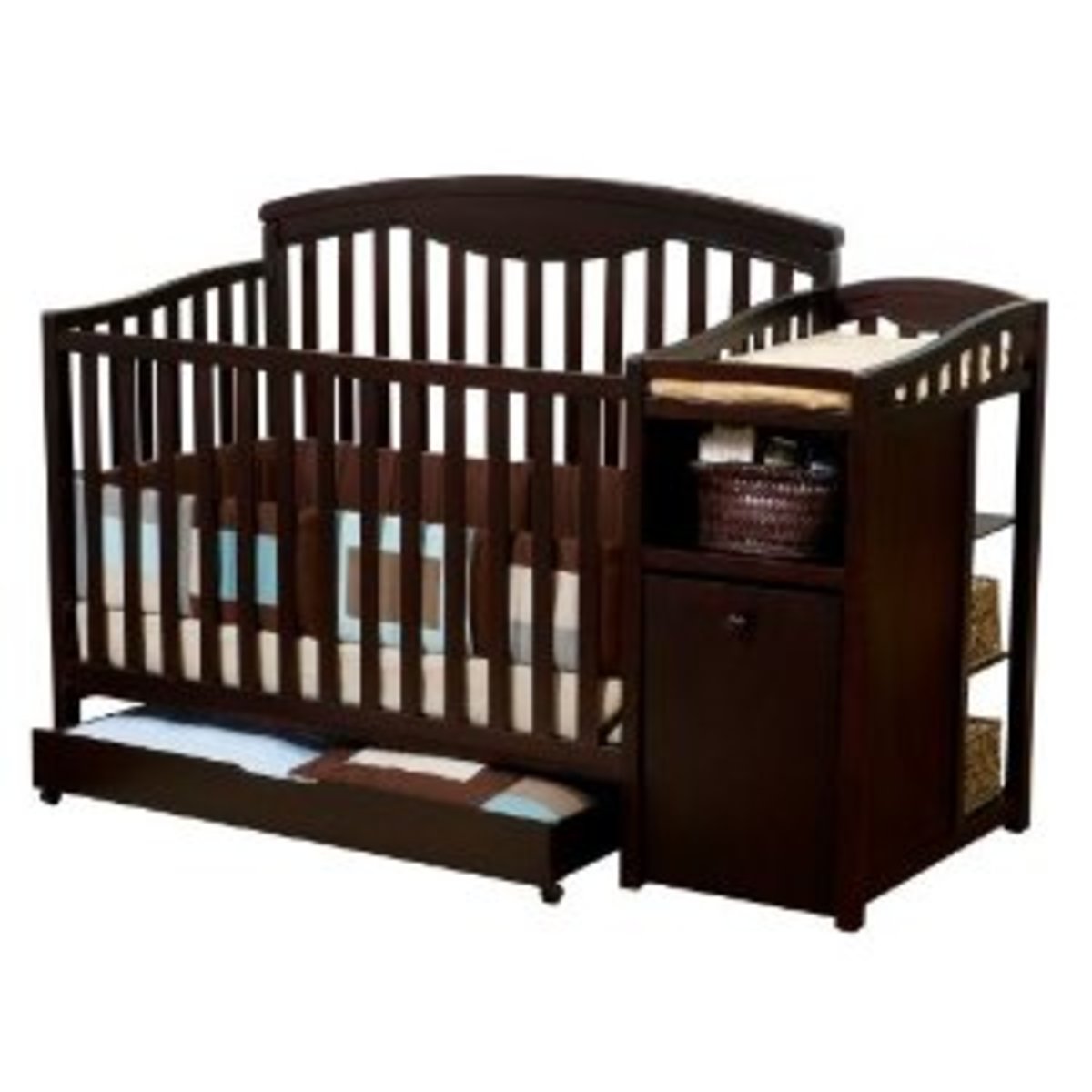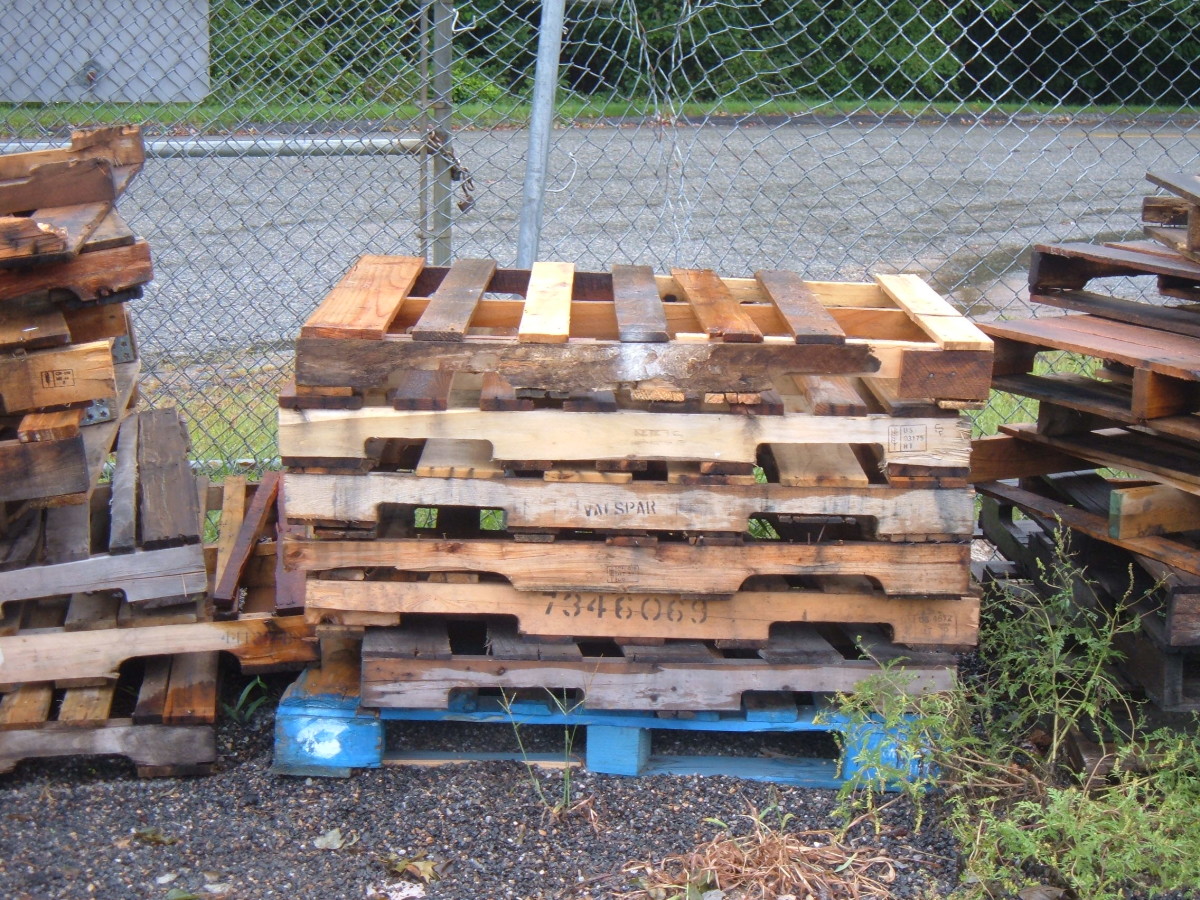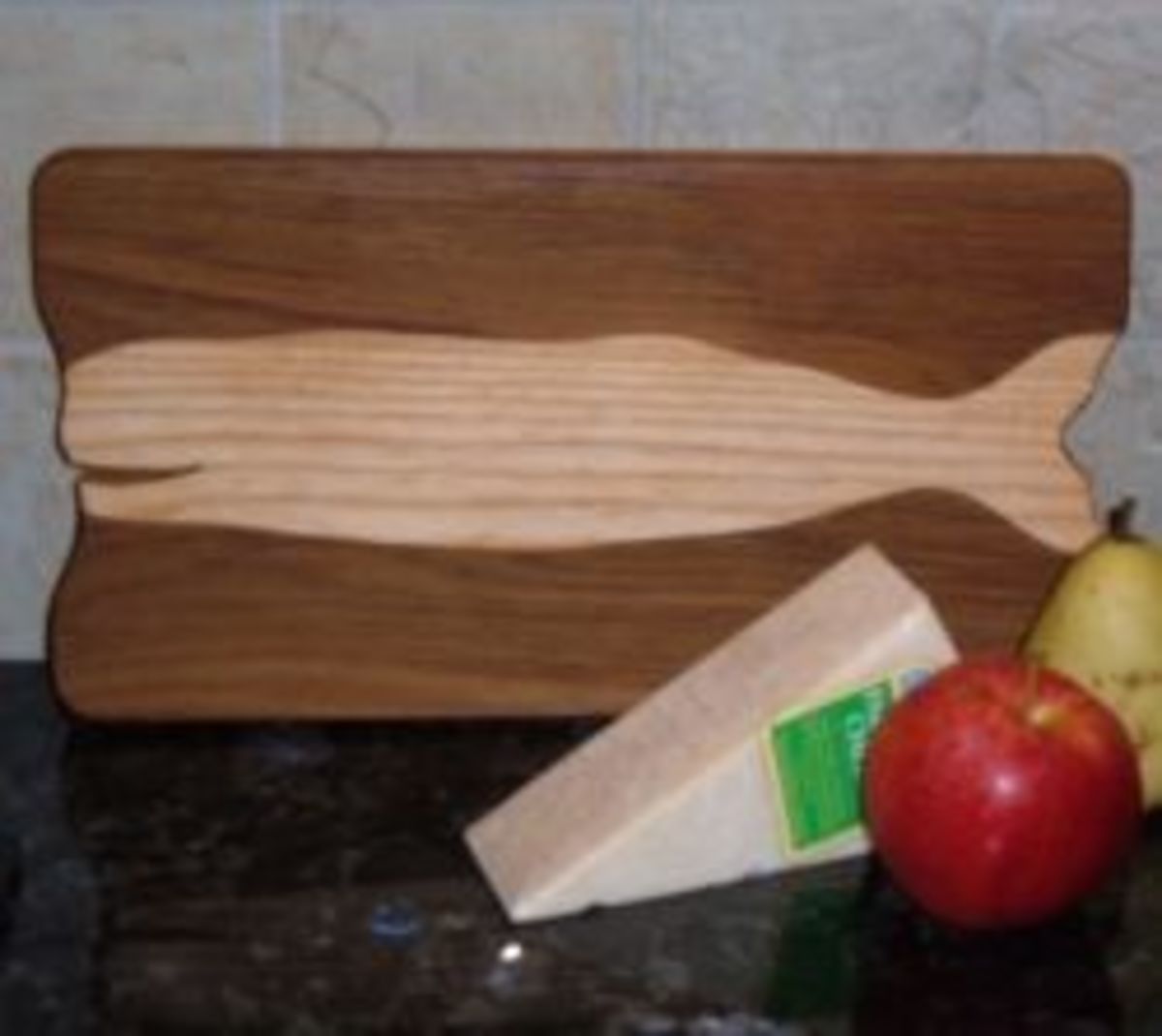Basics of Antique Furniture Care


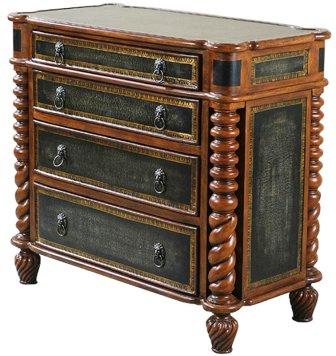
The crafters of hand carved furniture may be a dying breed, but the works they leave behind sooner or later become antiques. And collecting, buying and selling of antique furniture have become increasingly popular with each passing year. For some it’s a nostalgic peek into the past from a simpler more uncomplicated time. Others view it as a business and investment. But in either case, antique furniture obviously will always be in demand.
The field covers a broad range of styles, types and time periods. Usually, antique furniture is considered as English, European, American or Chinese, but the type of wood used in construction is also important in determining value. Many pieces have been repaired with replacement panels and added hardware. This can lower the value considerably.
Any old neglected furniture that has been stored for any length of time will usually have lost color and luster and have built up dirt and old wax in cracks and carvings. But, don’t panic, it’s nothing a simple careful cleaning can’t fix. It’s not difficult to remove the surface layer of grime and wax, providing a not too vigorous, aggressive approach is taken.
Remove old wax with a damp cloth using a good antique cleaner/restorer. Rub with the grain. The wax will gradually soften and must be wiped away before it dries out. For more stubborn build up very fine wire or steel wool may have to be used.

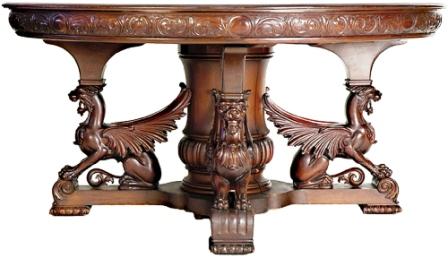
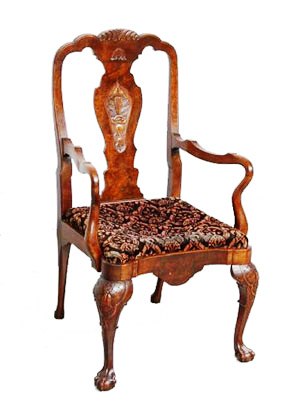
If you’re new to dealing with antique furniture, no doubt you quickly learned a lot of do’s and don’ts about care and handling. For those considering getting more involved with antique furniture there are some important facts to know about wood care.
Many have used lemon oil believing it helps preserve wood. In fact, it does the opposite. It dries it out and darkens the patina, a sheen on wooden furniture produced by age, wear and polishing. Many experts advise using only pure beeswax.
Others do use a good paste wax, but waxing should only be done every few months or so as over waxing tends to dull the finish and attract dust. Proper waxing will display the natural beauty, color and grain of the wood as well as providing protection. Avoid aerosol spray polishes since they may have silicone oil or other ingredients that could do harm.
Some pieces have had their furniture finishes cleaned or restored…which should be done by professionals. Usually a piece having this done will have lost some value. But, that’s not always the case. Some styles, like Biedermeier from Austria, may increase in value once restored.
However, the worst damage is said to occur from central heat, air conditioning and humidity changes. Wood expands and contracts with changes in temperature and humidity. The results can include cracking, warping and even splitting. To prevent this damage professionals suggest using a humidifier in winter and dehumidifier during warmer months. This, along with keeping room temperature constant can minimize damage. Needless to say, avoid storing pieces in a basement, or placing them in direct sunlight, near vents or fire place. If there are already cracks or other damage use a good finish penetrating formula to restore original color and luster. Many professionals recommend Restor-A-Finish.

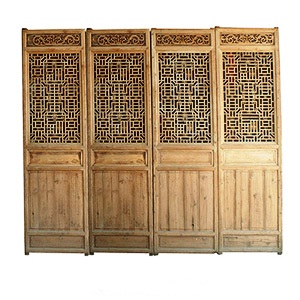
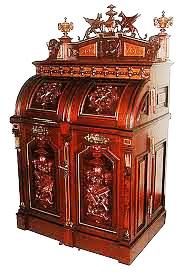
Next on the damage control roster are insects. In North America, the termite tops the list, and in European antiques it’s the wood beetle. Use of skilled exterminators is highly recommended. In some cases the wood beetle has hitched a ride to America in an antique and presents the prospect of infesting other furniture. A sign wood beetles may be present are small piles of saw dust. If a piece’s weight seems unusually light, it could mean a large portion of the inside has been eaten away.
Many pieces of antique furniture are still used in homes. To protect them owners should always use coasters and placemats and never put hot, wet or cold items directly on the surface. That usually results in those nasty little white rings which should be attended to immediately. Nothing should ever be slid across the surface either to avoid scratches. Small scratches are usually easily repaired with a finish penetrating formula, but deep scratches and gouges will probably need professional attention.
Accidental spills are another concern. Water is seldom a problem if wiped up right away. However, alcohol and solvents such as nail polish remover present a serious danger. These kinds of spills can act like furniture strippers and therefore should be dabbed at lightly, not wiped.
The next category of danger is the owner themselves and how they handle their furniture. It is imperative to remember in many cases these pieces are old and fragile and must be moved and handled with care. When opening drawers always use both pull handles.
Undue stress can occur on weak legs by dragging large, heavy furniture and they can easily break. The same goes for tables, lift from the apron. And in the case of chairs, never pick them up by the arms. They should be lifted from underneath the seat. When sitting on one, avoid tilting back in it.
These are but a few precautions and tips one needs to know before getting actively involved with antique furniture. There is much more to learn, such as identification, restoration techniques and determining value. But it can be interesting, fun and rewarding.

